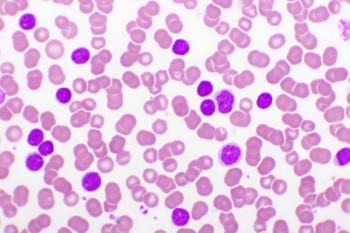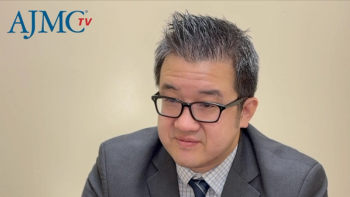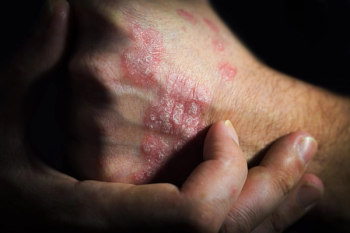
Greater Biologic Retention Found With IL-17 vs TNF Inhibitors For Psoriasis, PsA
Longer drug survival was associated with interleukin-17 (IL-17) inhibitors vs tumor necrosis factor (TNF) inhibitors in the treatment of psoriasis and psoriatic arthritis, but persistence rates for first-line biologics overall remained low.
Interleukin 17 (IL-17) inhibitors were associated with longer drug persistance vs tumor necrosis factor (TNF) inhibitors in the treatment of
Recent years have introduced several biologic therapies recommended for the treatment of moderate to severe psoriasis and/or PsA, including IL-17, IL-12/23, and TNF inhibitors. Although considered safe and effective, treatment persistance has been
“Treatment persistence, defined as the time from initiation to discontinuation, is an important real-world outcome for assessing the total value of a drug and is a relevant indicator of a patient’s level of interest,” the researchers explained.
“Treatment persistence is of increasing interest in the fields of dermatology and rheumatology because it would allow for guiding treatment strategy on the basis of patient characteristics. However, existing studies are limited by selective recruitment or by the low number of patients included, and few have included the most recently marketed biologics.”
Leveraging the French National Health Insurance database of more than 66 million individuals, they conducted a nationwide cohort study to investigate and compare the persistence of first-line biologics for psoriasis and PsA in a large national cohort of patients.
The biologic agents (originator and biosimilar) included the TNF inhibitors etanercept, infliximab, adalimumab, certolizumab, and golimumab; the IL-12/23 inhibitor ustekinumab; and the IL-17 inhibitors secukinumab, ixekizumab, and brodalumab. Newly approved IL-23 inhibitors were not included due to insufficient data.
Administrative information linked to the hospital discharge database were collected from 16,892 patients with psoriasis (mean [SD] age, 48.5 [13.8] years; 54.2% men) and 6531 patients with PsA (mean [SD] age, 49.1 [12.8] years; 54.6% women) who who were new users of biologics (in the year before the index date) from January 1, 2015, to May 31, 2019. Follow-up data were provided through December 31, 2019.
Of those with psoriasis and PsA, respectively, 10,199 (60.4%) and 4974 (76.2%) started therapy with a TNF inhibitor; 3982 (23.6%) and 803 (12.3%) with an IL-12/23 inhibitor; and 2711 (16.0%) and 754 (11.5%) with an IL-17 inhibitor. Overall 3-year persistence rates were 40.9% and 36.2% for patients with psoriasis and PsA, respectively.
Findings derived after implementing inverse probability of treatment weighting and adjustment indicated that the IL-17 inhibitor was associated with higher persistence compared with the TNF inhibitor for psoriasis (weighted HR, 0.78; 95% CI, 0.73-0.83) and PsA (weighted HR, 0.70; 95% CI, 0.58-0.85).
Higher persistence was also associated with the IL-17 inhibitor compared with the IL-12/23 inhibitor for PsA (weighted HR, 0.69; 95% CI, 0.55-0.87), but not for psoriasis (weighted HR, 1.02; 95% CI, 0.94-1.10). The IL-12/23 inhibitor was associated with higher persistence than the TNF inhibitor for psoriasis (weighted HR, 0.76; 95% CI, 0.72-0.80), with no difference observed for PsA (weighted HR, 1.03; 95% CI, 0.89-1.19).
“Given the many biologic treatment options available in the modern therapeutic environment, our results may help physicians optimize first-line treatment pathways,” concluded the study authors. “However, the persistence rates of the 3 therapeutic classes remained low at 3 years, which suggests that long-term control of these chronic diseases may require several therapeutic lines.”
Reference
Vegas LP, Penso L, Claudepierre P, Sbidian E. Long-term persistence of first-line biologics for patients with psoriasis and psoriatic arthritis in the French Health Insurance Database. JAMA Dermatol. Published online March 23, 2022. doi:10.1001/jamadermatol.2022.0364
Newsletter
Stay ahead of policy, cost, and value—subscribe to AJMC for expert insights at the intersection of clinical care and health economics.









































